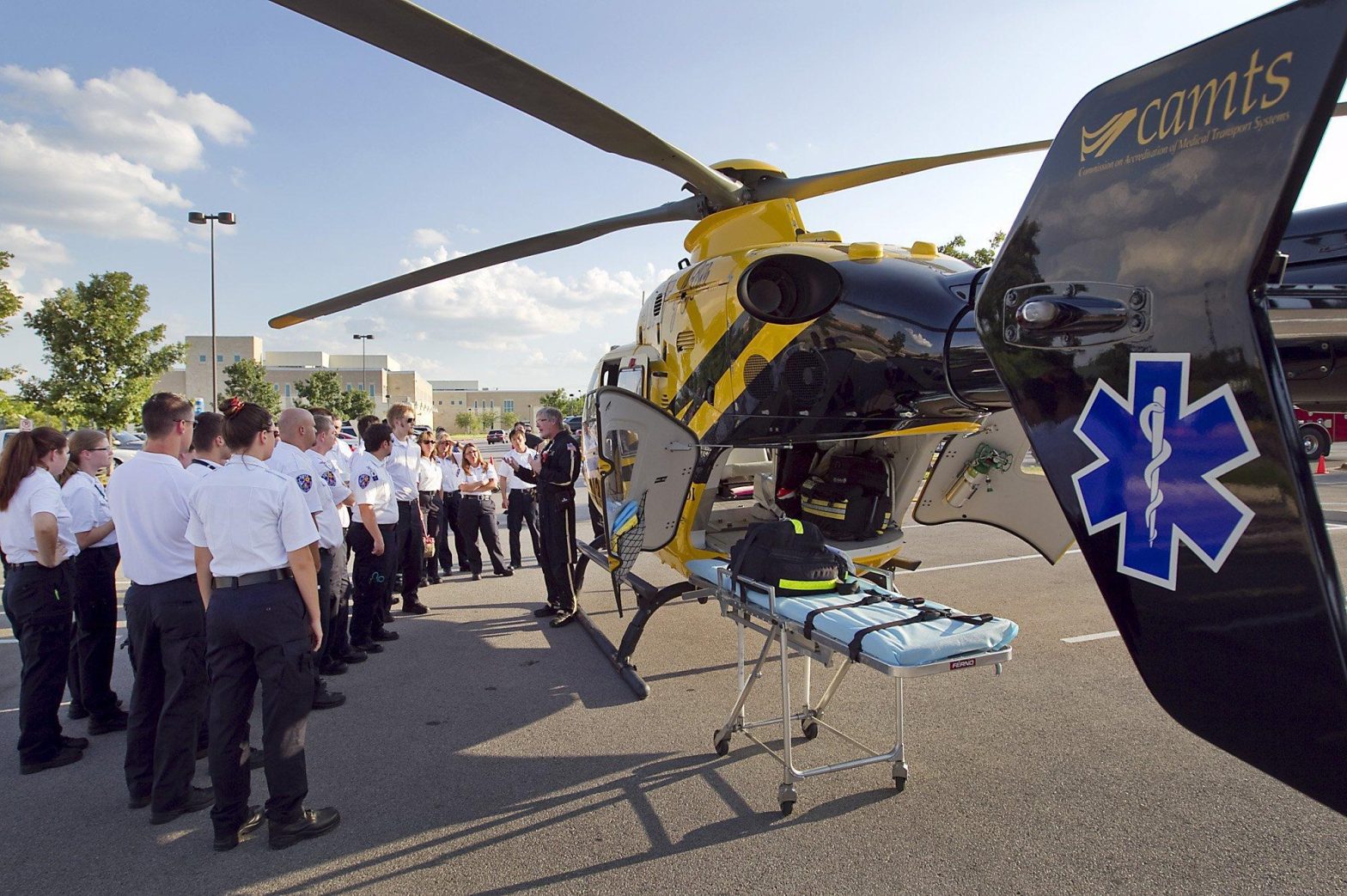How Did Air Medical Impact My Life? It Gave Me One
COMMENTARY

As a nurse, and someone whose life was saved by emergency air medical transport, I can tell you that having access and continuity of care is critically important to health outcomes. Air ambulances allow you to access specialty care when minutes and seconds count. Without medical transport by air, one in four people would be unable to reach a trauma center in time for the treatment they need. Alarmingly, these services are at risk and only action by Congress can help preserve patient access.
Seventy percent of people transported by air ambulance have Medicaid, Medicare or no insurance at all. The median rate Medicare pays these providers only covers 59 percent of the actual cost. Medicaid almost always pays less than that. Due to this chronic under-reimbursement by government programs, 57 air medical bases closed last year alone.
The other 30 percent of flights are for patients with private insurance. Private insurers are raking in profits while denying air medical claims more than half the time, based on network status or medical necessity, even though all air ambulances are deployed by first responders or doctors. That leaves the patient in an untenable financial position, and when bases shut down due to underpayment, future patients are robbed of the lifesaving care they need. This is, simply put, unacceptable.
It would have been deadly for me. On December 26, 2013, my life changed forever. While driving to the gym, my car hit a patch of black ice, sending me off the roadway and into a tree. I sustained critical, life-threatening injuries, including a traumatic brain injury.
Because I live in a rural community, the rest of my story might have been very different. There are over 85 million Americans who can only access critical care within an hour via air medical services. Because of the time it takes to reach appropriate medical care, there is an additional 22 percent risk of injury-related death in these areas.
Thankfully, my hometown of Corning, New York, is serviced by air medical transport. I was on life support while we made the 15-minute flight to the closest trauma center, Robert Packer Hospital in Sayre, Pennsylvania. Although the staff worked around the clock to save my life, my family was told to prepare for the worst. Luckily, a week later I woke up from my coma.
Once stabilized, I was transferred to a rehabilitation center where I began the long road to recovery. At 18 years old, I had to learn how to walk, talk and feed myself again.
Thanks to the first responders and medical team, I made a full recovery. I am now a nursing school graduate, working as a neuro nurse. After the amazing care I received, I wanted to provide that same care to others experiencing neurotrauma.
Congress is moving quickly this year to address balance billing and it is imperative access to these lifesaving services continues. Legislative solutions should address the under-reimbursement by government programs and private insurers’ responsibility to cover their customers in an emergency. After all, that’s what insurance is for. But Congress should beware – any policy solution that allows private insurers to pay a benchmark rate will lead to further base closures and reduced access to care.
When people ask me how having access to air medical critical care impacted my life, I tell them that it gave me one. It does the same for tens of thousands of people every year. For those families – and potentially, for your own – I hope you’ll join me in the fight to preserve this lifesaving service.
Whitney Corby is a travel nurse currently working at Banner Thunderbird Medical Center in Glendale, Arizona and is in the process of getting her Masters of Nursing degree. Following a traumatic car accident in upstate New York where she was air lifted to the closest hospital, she decided to go into nursing so that she could help others.
























